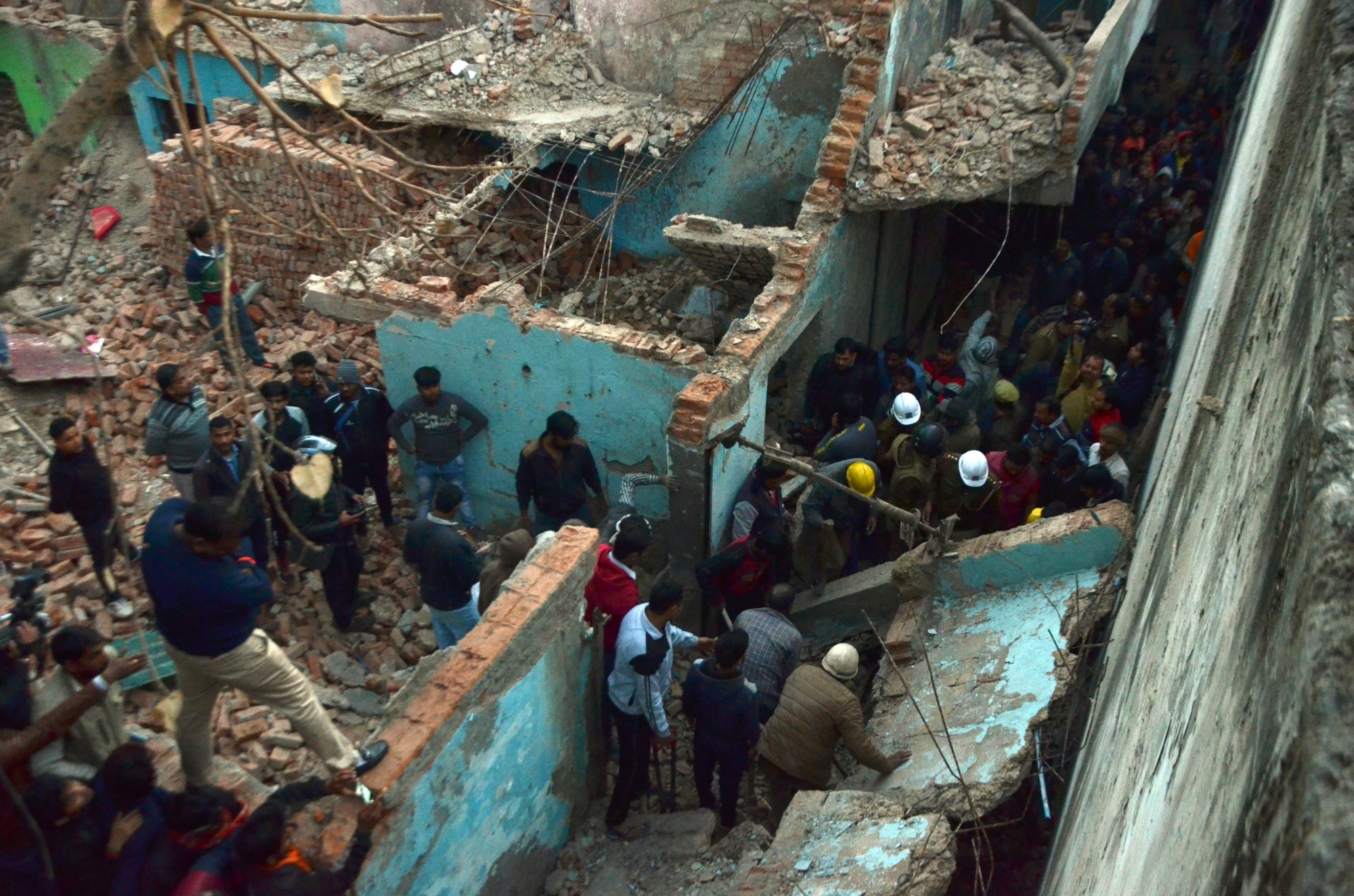How to reinstate nation's historic site after conflict, natural disaster

In Bosnia, after the war in the 1990s, residents put rebuilding a 400-year-old bridge ahead of fixing their own roofs. In Nepal, repairing the nation's historic sites brought people together after 2015’s devastating earthquakes.
Those are critical lessons, according to a report released on Monday by the World Bank and the United Nation’s culture and education agency (UNESCO). Cultural heritage should be considered a priority in rebuilding cities after conflict or natural disaster, but it is often missing from local and international strategies, experts said.
That's a tall order in many cases, however, when houses, water systems and more have been destroyed and a city’s life disrupted, said the World Bank’s Sameh Wahba. “In a city like Mosul, (Iraq), 80 to 90 per cent of the city is demolished. The pressures on rebuilding are so immense, the last thing many will think of is taking an approach that may end up delaying” recovery, he said ahead of the report’s release.
But what constitutes a strategic “gap”, Wahba told the Thomson Reuters Foundation, that can have economic impacts and risk allowing a reconstruction process to marginalize local communities. “It’s about consulting widely, ensuring that society is represented, but also about freedom of cultural expression — not allowing one community to prevail over another — and translating those voices into a sense of place,” he said.
He pointed to a landmark bridge in Mostar, Bosnia, that was destroyed in 1993 during the war, where local inhabitants prioritized the structure’s reconstruction over their own housing as a symbol of a healed community. “In places like Mostar, the reconciliation process actually hinged on identifying the cultural landmarks that could unify communities,” he said.
Likewise, the report notes how after the earthquakes of 2015 destroyed historical sites across Nepal, rebuilding these sites “became a unifying force, creating a sense of hope.” “Protecting world heritage is a pathway to peace,” said Nadia Al-Said, programs manager with the International Peace Institute.
“If you remove that element, what do we have left to unite us? Nothing.” But because rebuilding cultural heritage can be a tough sell in situations when people are traumatized and hungry, she emphasized the importance of building up social awareness of the importance of local culture before conflict or disaster strikes. “That makes people understand the importance of where they are, who they are and why it’s important to protect their heritage,” she said.
(With inputs from agencies.)
- READ MORE ON:
- The Residents
- Residents' association
- Lawful permanent residents
- White people
- Free People
- Thomson Reuters Foundation
- Thomson Reuters Corporation
- Contract bridge
- Chloe Bridges
- Ben Bridge Jeweler
- Google Sites
- Social network
- Online gambling
- The Nation
- First Nations
- United Nations
- World Bank
- residents
- Bosnia
- people
ALSO READ
Anupam Kher ropes in National Award-winning choreographer Kruti Mahesh for his directorial 'Tanvi The Great'
Taiwan detects 14 Chinese military aircraft, six naval vessels around nation
UNESCO, UNDP, BAZ, and Transmedia support community resilience in Zimbabwe
Nominations for Phase 3 of Lok Sabha polls to begin tomorrow: ECI
"People will come and go": JJP's Dushyant Chautala on Nishan Singh's resignation










